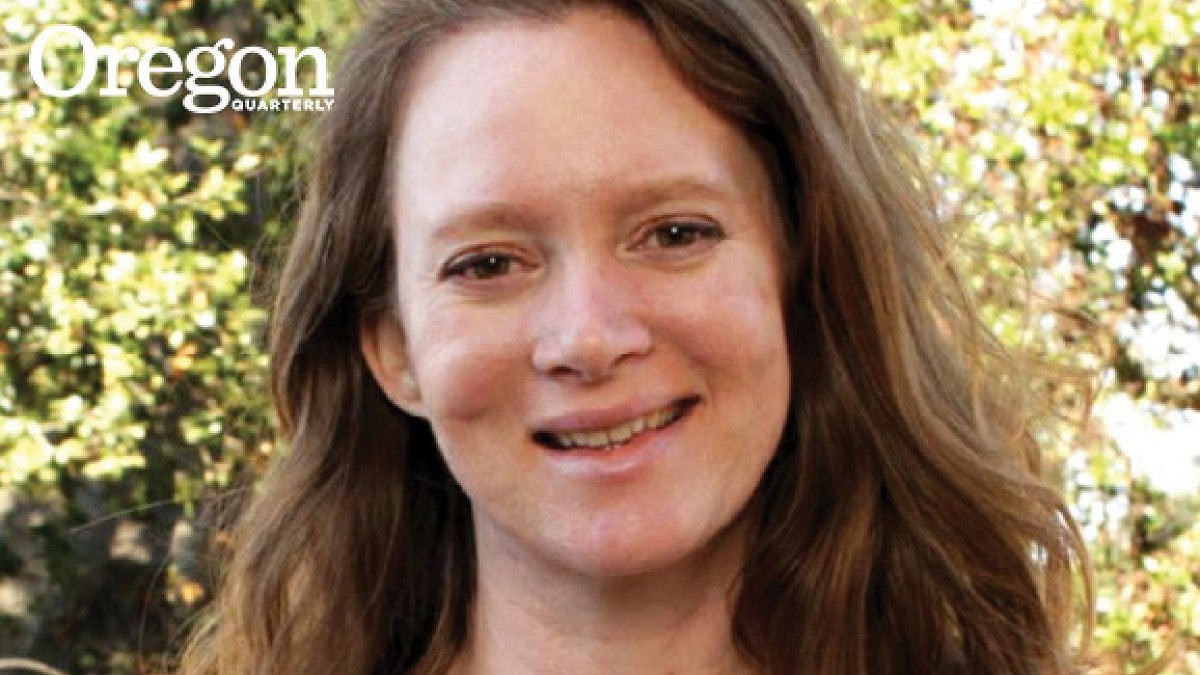Fighting climate change is about more than reducing emissions—it’s about pulling carbon out of the atmosphere.
So says Deanna Lynn, a 2020 graduate of the Master of Landscape Architecture program, who received a research honor award from the American Society of Landscape Architects for a project on landscape design for carbon sequestration. She provided a framework for the design, installation, and management of complex adaptive landscapes for carbon sequestration.
“Landscapes have a natural ability to pull carbon out of the atmosphere,” Lynn says. “My project focuses on how landscape architects can harness the natural processes of landscapes to store carbon, especially in the soil.”
Landscape Architecture Professor Bart Johnson, who advised Lynn, says her project demonstrated that the sequestration of carbon and benefits of carbon storage in the soil—increased soil fertility, greater water-holding capacity, enhanced ecosystem resilience to stress—“make it a win-win proposition for designers and their clients.”
Lynn continues to push her carbon sequestration research and climate activism forward in the Monterey Bay area where she grew up.
She joined an initiative that challenges landscape architects to design projects that generate less carbon and is also taking her fight against climate change to the ballot box: Lynn is the campaign coordinator with the nonprofit LandWatch for Ballot Measure Q, which would preserve the urban growth boundary in her hometown of Marina, California.
“Preventing urban sprawl in our city will protect fragile ecosystems, help revitalize blighted land, and reduce our climate impact,” Lynn says. Lynn's research is detailed on the College of Design website.
–By Alex Notman Cipolle, a staff writer for the College of Design.


